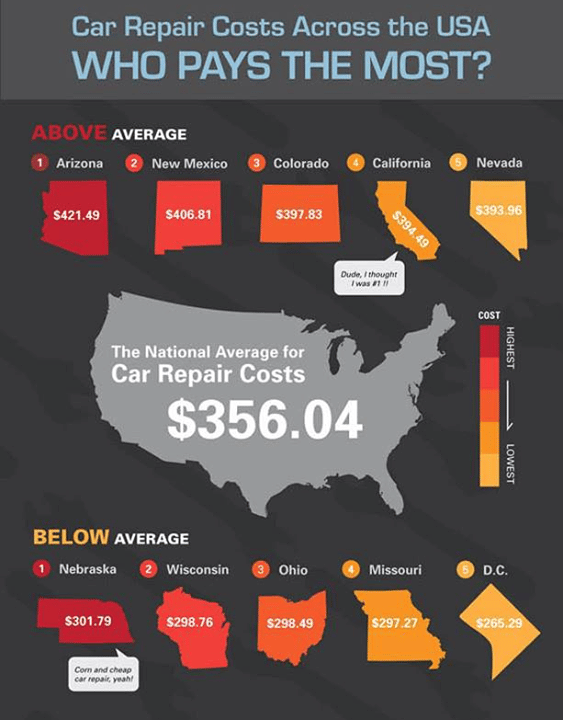Wondering Regarding The Definition Behind Those Dashboard Warning Lights? Gain Insights Into Their Implications For Your Automobile'S Safety And Upkeep
Wondering Regarding The Definition Behind Those Dashboard Warning Lights? Gain Insights Into Their Implications For Your Automobile'S Safety And Upkeep
Blog Article
Web Content Create By-Faulkner Corbett
When you're behind the wheel, those glowing warning lights on your dashboard can be a little bit difficult. Do you recognize what they're attempting to tell you about your vehicle's wellness? Understanding the relevance of these lights is essential for your security and the longevity of your lorry. So, https://tysonqmgcw.ja-blog.com/32175204/amazingly-practical-mobile-auto-detailing-solutions-not-only-save-you-time-and-money-however-also-improve-your-lorry-s-longevity-discover-exactly-how-they-can-change-your-regular following time among those lights pops up, wouldn't you wish to decode its message accurately and take the necessary actions to resolve it?
Common Caution Lighting and Interpretations
Identify typical caution lights in your automobile and comprehend their significances to guarantee safe driving.
The most common warning lights include the check engine light, which indicates issues with the engine or discharges system. If more info begins, it's vital to have your vehicle inspected without delay.
The oil pressure warning light indicates low oil stress, needing prompt interest to prevent engine damages.
A flashing battery light might recommend a damaged charging system, possibly leaving you stranded otherwise resolved.
The tire pressure tracking system (TPMS) light alerts you to low tire pressure, influencing car security and gas performance. Neglecting this could bring about harmful driving problems.
The abdominal muscle light suggests a problem with the anti-lock braking system, compromising your ability to quit swiftly in emergencies.
Finally, the coolant temperature alerting light warns of engine getting too hot, which can result in severe damage otherwise dealt with swiftly.
Comprehending these common caution lights will help you attend to problems quickly and keep safe driving conditions.
Significance of Prompt Focus
Understanding the usual caution lights in your auto is just the first step; the significance of quickly resolving these cautions can not be emphasized enough to ensure your security when traveling.
When a caution light illuminates on your control panel, it's your automobile's means of interacting a possible concern that needs attention. Ignoring these warnings can lead to much more extreme problems in the future, jeopardizing your safety and security and possibly costing you a lot more in repairs.
Prompt interest to cautioning lights can avoid failures and mishaps. For instance, a blinking check engine light can indicate a misfire that, if left neglected, can create damage to the catalytic converter. Resolving this quickly can save you from a pricey repair work.
Similarly, a brake system alerting light could indicate low brake liquid or worn brake pads, vital components for your safety when driving.
Do It Yourself Troubleshooting Tips
If you discover a warning light on your control panel, there are a few DIY troubleshooting suggestions you can attempt before seeking specialist assistance.
The initial step is to consult your automobile's manual to understand what the details caution light suggests. Occasionally the issue can be as straightforward as a loose gas cap triggering the check engine light. Tightening up recommended might deal with the trouble.
Another common issue is a low battery, which can activate different alerting lights. Checking the battery connections for rust and guaranteeing they're safe and secure may fix the problem.
If a warning light lingers, you can attempt resetting it by disconnecting the vehicle's battery for a few mins and then reconnecting it. Additionally, examining your lorry's fluid levels, such as oil, coolant, and brake fluid, can assist troubleshoot warning lights associated with these systems.
Conclusion
To conclude, understanding your cars and truck's warning lights is important for maintaining your vehicle running smoothly and securely. By quickly addressing these alerts and understanding what they imply, you can prevent costly repairs and potential breakdowns.
Keep in mind to consult your auto's handbook for certain information on each cautioning light and take action appropriately to make sure a trouble-free driving experience.
Stay informed, stay safe on the road!
